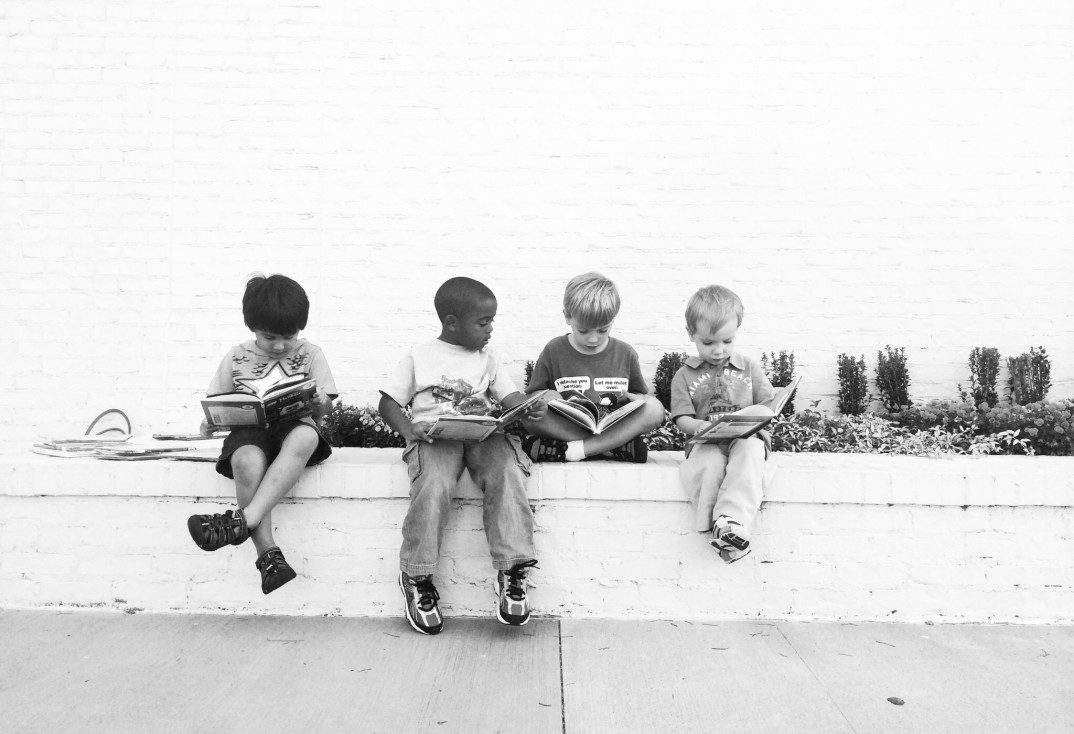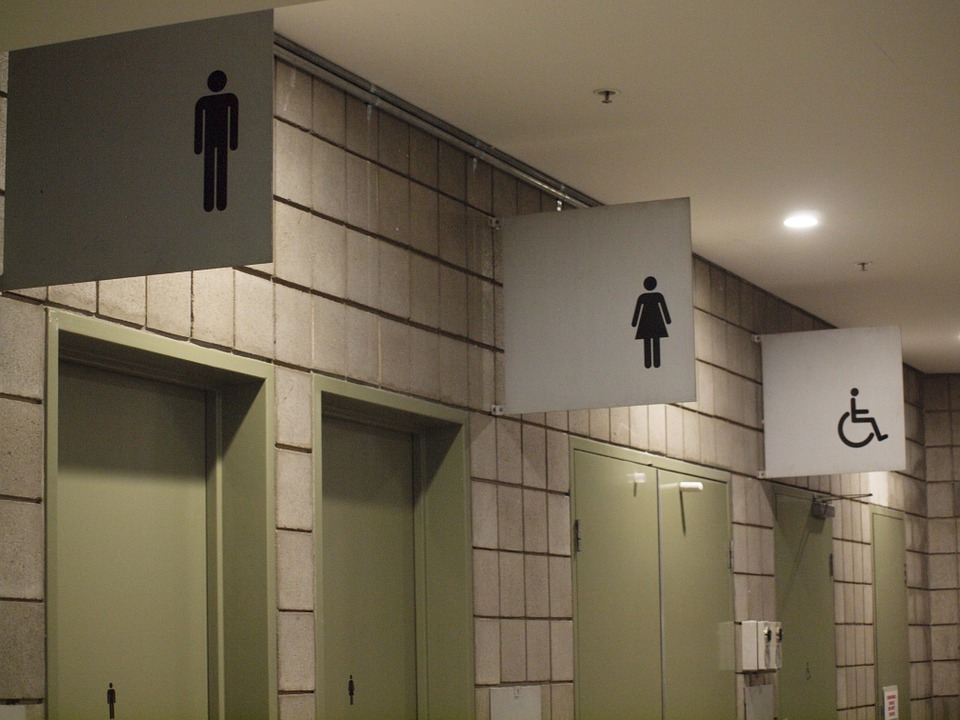What We’re Reading: October 1, 2015

Skin Feeling (New Inquiry)
by Sofia Samatar
“What it is to be encountered as a surface, to be constantly exposed as something you are not.”
Fact Check: Your Demand for Statistical Proof is Racist (The Society Pages)
by Candice Lanuis
“This past December, most major American news outlets ran a story about police shooting statistics and race. No matter where they were situated on the political spectrum, journalists, pundits, and researchers tried to answer the question: Are American police disproportionately targeting and killing black people? The answers were universally supported by data, statistics, claims of objectivity, and a rhetoric of uncomfortable truths. Their conclusions, however, were all over the map.”
Give Poor People Cash (Atlantic)
by Charles Kenney
“And the good news is that growing evidence around the world suggests there’s a simple design for a safety-net system that may not create dependency—and may help lift people up and out of poverty: Give poor people cash without conditions attached, and it turns out they use it to buy goods and services that improve their lives and increase their future earnings potential.”
Report Questions Free Community College (Inside Higher Ed)
“A new report from the Manhattan Institute for Policy Research — a conservative think tank — argues that community colleges aren’t ready for the consequences of providing “free” tuition until they provide intensive counseling and “emulate” the for-profit college sector with relevant course work and internships.”
Are Peter Singer’s Ideas Too Dangerous to Hear? (The Star)
by Peter Kavanagh
“If you are an animal, Peter Singer might be the closest thing you have to Moses. If you are a severely disabled human baby — or a disability activist — he’s more akin to the Angel of Death.”
Race and Class Collide in a Plan for Two Brooklyn Schools (New York Times)
by Kate Taylor
“To the city, the solution for the overcrowding at P.S. 8 seemed obvious: move those two neighborhoods from P.S. 8’s zone and into that of P.S. 307, which is nearby and has room to spare. The proposal, however, has drawn intense opposition, and not only from the families who would be rezoned from the predominantly white P.S. 8 to the mostly black P.S. 307. Some residents of the housing project served by P.S. 307 also oppose the rezoning, worried about how an influx of wealthy, mostly white families could change their school.”




